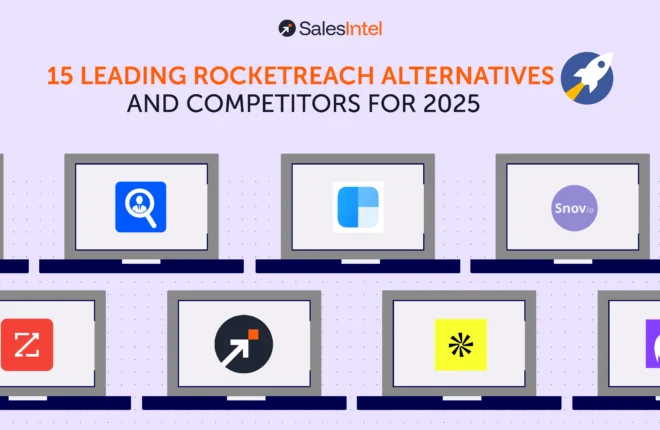Everyone seems to have their own idea of how qualifying questions should work. Some say to start small with simple questions and banter, others are in favor of cutting right to the chase to immediately decide whether you should move on to the next call.
It’s difficult to determine the “right or wrong” of qualifying questions since they’re so open-ended and the conversation has the potential to go a lot of directions. Rather than specific question suggestions, here are a few practices that can help you to formulate the best qualifying questions for your circumstances.
Plan Ahead
It’s a general rule that a cold call should never be that cold. Even if it’s your second or third discovery call with this client, you should prepare ahead of time, even if it’s just for a few minutes. This might even include writing up a quick “cheat sheet” for yourself as a reference guide.
Hubspot’s Tony Alessandra discusses the importance of asking the right sales questions, including a logical question sequence and familiarity with industry jargon. Those significant details are items that can easily be planned ahead of time so that you don’t find yourself tongue-tied during the call.
So take a deep breath, and write down the questions in the general order that you want to ask them. It’s okay if you deviate from this order naturally during the course of conversation. The important part is that you’re prepared, which will demonstrate you are focused on and invested in the prospect and their company.
If it’s a prospect that’s part of an industry you’re unfamiliar with, make note of the company jargon that might be used or terms that you should know. That way, you don’t find yourself Googling frantically during a call or asking the prospect to explain themselves multiple times.
Customize What You Can
The essential information from qualifying questions should be the same, but the inquiries themselves should always be as customized as possible. This can include tactics as simple as using the prospect’s name in conversation.
When appropriate, you can even go as far as to inquire about the prospect’s title and position, which will give you a bigger picture of where they truly fit into the sales process. If the company has been in the news recently or undergone a significant change of some kind, mention that as well in order to show you’ve done your research. Giving qualifying questions a personal touch adds variety for you and shows the prospect that you aren’t just making a cookie-cutter call.
Prioritize
Some qualifying questions will be more important than others. When you’re planning ahead–which you should be–prioritize questions and make note of what information you absolutely have to have by the time the call is over. On the same token, mark questions that you can let go of if the conversation steers a different direction.
Have A “Scorecard”
I use the term “scorecard,” but it could be a flow chart, or a checklist, or whatever format helps you keep count of specific criteria for the ideal prospect. You could even create an evaluation sheet that you fill out during the call.
Using some kind of scorecard will give you a way to quantitatively measure the prospect’s potential as a client, rather than just going with your general impression of the interaction, or only remembering that one subject that ended up dominating the conversation. That way, you can recall details more easily and prioritize the leads you want to pursue.
For example, a lower score on the card might mean someone’s not in a position to buy right now, but to call back in six months or so. The best way to implement this system would be questions you could answer on a sliding scale, though a flow chart is also feasible. Include whatever questions fit your ideal customer profile, such as:
On a scale of 1-5, 5 being greatest, rate the influence this person actually has over the sales project.
On a scale of 1-5, rate the prospect’s perceived need for this product.
Is that need already being addressed by any other product or person? If so, will the need still be met in the months ahead?
On a scale of 1-10, how much could the prospect’s company truly benefit from your product?
Finding a method to “keep score” will help you objectively determine what action to take next, and provide a record of sorts in case of repeated contacts with the same company.
Get Creative!
Exercise your freedom to get creative with qualifying questions by planning ahead, prioritizing, and personalizing. And if you’re more of a numbers person, a personalized scorecard can help you pave your own way through the qualifying process. The good news is, whatever way you slice it, you don’t just have to ask the same exact questions on every call.





